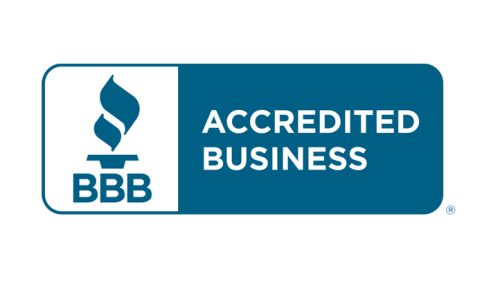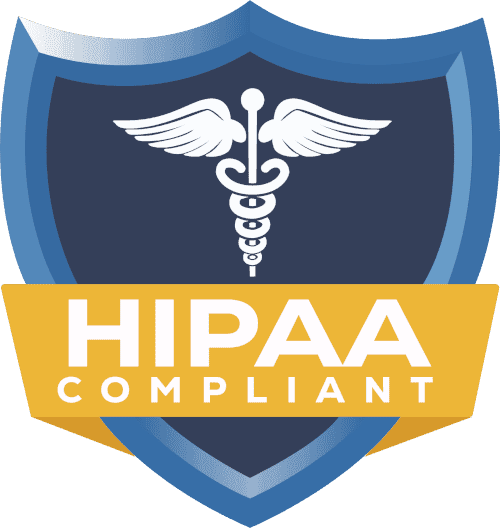How Long Does It Take to Get Credentialed?

If you want to start your healthcare career in the U.S. Healthcare industry, you must undergo medical credentialing. Moreover, it is a crucial but time-consuming process to ensure patients’ safety and verify their skills. Despite the fact that healthcare providers are aware of the significance of credentialing, they are curious: How Long Does It Take to Get Credentialed?
Companies that provide expert credentialing services are able to speed up the entire procedure thanks to the team’s expertise and knowledge. Additionally, they effectively and efficiently deal with delays. Additionally, several factors can impact the time it takes to register your business. Hence, this blog will cover all about the credentialing process, explain each stage, and the factors that influence this timeline.
How Long Does It Take to Get Credentialed?
The provider enrollment duration typically takes two months. However, the credentialing timeline may differ due to many factors like your specialty, location, and complexity of application. Additionally, it typically takes longer to obtain initial credentialing than to recredential.
On average, the credentialing timeframe for healthcare providers ranges between 60 and 120 days. However, it can differ due to the following reasons:
- Consider a payer or insurance company.
- Determine specialty and location.
- Understand the documentation process and time.
- Consider multiple network applications simultaneously.
- Plan for a 3-4 month window for credentialing.
- Be prepared for busy periods and additional screening criteria.
- Start the procedure at least 120 days before practice.
- Allow extra time to plan for unexpected credentialing delay reasons.
Typical Credentialing Timing by Step
As discussed earlier, How Long Does It Take to Get Credentialed depends on some factors. You can identify where time is wasted by breaking down the licensing process into its sections. There are regulations and potential complications for each phase that might slow things down and modify your overall plan.
- NPI and license setup (1–2 weeks)
It usually takes 7 to 10 business days to receive your National Provider Identifier (NPI) via the NPPES system. If you supply the correct information from the beginning, however, the procedure may proceed quickly. Also, it only takes most physicians 30 minutes to complete their NPI application online.
Provider enrollment duration varies by state and practice, with processing times ranging from a week to months. Doctors should start planning early, as some states charge more for faster processing and others have strict schedules. Non-complete applications also take longer to process.
- CAQH creation and attestation (1–2 weeks)
To create a CAQH ProView page, suppliers must gather extensive information and fill out numerous forms. You may be required to undergo maintenance procedures every 120 days to maintain employment, and the process typically takes two to four hours. Making the page takes less time than filling out the forms, but making sure everything is correct the first time saves time. In most cases, profiles are processed within 24 to 48 hours by the CAQH system; however, it may take longer to correct and resubmit profiles that are missing information. Therefore, it can save you time to ensure that all paperwork is in order before you begin.
- Document prep (1–2 weeks)
To get credentialing applications approved, providers must have the proper documents ready, including professional licenses, liability insurance, education records, and proof of job experience. These documents must meet specific style and date standards. Verified copies may take one to two weeks, depending on school processing time and licensing board processing time. Early preparation can prevent delays, as many suppliers are unaware of the time it takes to prepare and review their paperwork.
- Payer evaluation (30–90 days)
The insurance company’s assessment is the longest in the licensing process, involving primary source checks, security checks, and sector-specific research. Large insurer networks process applications faster due to dedicated teams and authentication systems, while smaller area payers may take longer due to fewer workers. Understanding the time it takes for each payer to make a payment helps set realistic targets. The review process may take longer if additional information is required.
- Contracting and onboarding (2–4 weeks)
The final hiring and training take place following the certificate’s evaluation. Depending on discussions, contract signing can take anywhere from one to two weeks. It may take longer to set up the provider lists and claim processing systems. Standard contract wording may be used, but larger organizations or specialist providers may negotiate more extended contracts.
The final step proceeds more quickly when the contract parameters are known in advance. During contracting, settings for provider directories and internal systems are updated, and claim management may take a few weeks after the hiring process.
Factors That Can Delay the Process
There are several typical reasons for credentialing delays that may take longer than the usual 60 to 120 days.
- Incomplete or outdated documents
The most typical cause for delays is that the applications don’t include all the correct information. Also, it takes longer to amend and resubmit documents or certifications that are missing or have already expired. Most delays that could have been prevented can be avoided by carefully preparing before applying.
- Delays in background checks or reference verifications
If there are problems with background checks, the credentialing process might take a long time. Also, it may take longer to verify providers with complex work histories or licenses from more than one state. Maintaining detailed records of all work records helps the background check process proceed more efficiently.
- Missed attestation deadlines on CAQH
Every 120 days, CAQH asks providers to confirm their profiles to make sure the information they provide is correct. If you miss this deadline, your profile can become inactive. It could make it harder for payers to acquire your information and for you to get your credentials.
- Errors in your NPI or state license
It can be a problem if your NPI or state license contains errors, such as the incorrect license number, expiration date, or names that do not match. Most of the time, these mistakes mean you need to request changes, restart some steps, and wait longer to obtain your credentials.
- Mismatched information between systems (like PECOS, CAQH, and payer forms)
Tools like PECOS, CAQH ProView, and payer portals validate your information twice. If your name, home address, license, or credentials are different on multiple platforms, it could cause confusion, result in your application being turned down, or require you to provide additional verification.
- Staffing shortages at insurance companies or credentialing departments
It’s not always your fault when you run out of time. When enrolment is high, insurance companies or departments that grant credentials may not have enough workers or may be behind on their duties. This can make the evaluation process take a lot longer than the normal 30 to 90 days.
Strategies to Speed Up Credentialing
Several strategies can help you expedite the process and manage credentialing costs.
• Preparing ahead of time reduces credentialing timeframes and delays.
• Ensure all necessary documentation is in order before starting applications.
• Establish early contact with certification managers at insurance companies.
• Regular follow-up communications help identify issues early.
• Speed up the process by sending complete forms with required documents.
• Answer inquiries within 24 to 48 hours.
• Keep CAQH verification status updated.
• Use certified mail for vital documents.
Late credentials can have a significant impact on the finances of both new and established practices, costing firms thousands of dollars per month. Delays can disrupt growth predictions, complicate scheduling appointments, and impact cash flow. Longer license delays can also make it harder to get new patients and keep old ones, which could harm relationships with coworkers and doctors.
• Keep detailed records of all talks and entries.
• Consider using certified services with professional expertise and contacts.
Consequences of Delays on Practice Launch
Fair deadlines help you keep your professional relationships while you get your certifications. Flexible operations planning can help you deal with changes in certification schedules, which makes it easier to prepare for staff and resources. Setting reasonable deadlines might help keep professional connections strong as you deal with these problems.
Conclusion: Build your timetable with buffers and follow‑up discipline
To figure out How Long Does It Take to Get Credentialed, you need to prepare to take into consideration both usual deadlines and unforeseen delays. A good credentialing process requires a lot of planning, preparation, and ongoing communication with credentialing administrators. How you handle your papers and how quickly you respond to requests also have a big effect on your overall schedule.
Therefore, begin the process of collecting your certifications at least 120 days prior to establishing your firm. Also, make sure you retain precise monitoring systems and follow-up strategies so that you stay working toward completing your registration.
Want to accelerate your credentialing process? Consult us today. Our expert at credexhealthcare.com will handle the entire credentialing procedure efficiently so you can start and grow your practice quickly.
FAQs:
What if one payer takes longer than expected?
Continue to attempt to collect credentials from other payers while also checking in on the late payment on a regular basis. You could start with the payers that send the most patients to your firm.
Does re‑credentialing take less time?
Yes, it typically takes 30 to 60 days to retrieve your credentials because most of the material has already been reviewed. But the deadline could be pushed back if your skills or business change a lot.
Can credentialing overlap with contracting?
Some purchasers discuss contracts while the credentials are being examined, but the actual contract is usually signed after the credentials have been reviewed and approved. This overlap may reduce the overall time required.
What part of the process takes the longest?
The payer review is generally the longest stage, taking 30 to 90 days. This is because insurance companies must verify all the information against key sources and conduct background checks.
Are there expedited credentialing services?
Some certification businesses will expedite processes for a higher fee. The actual timetable for customer review, on the other hand, doesn’t alter significantly depending on which service provider is employed.



















